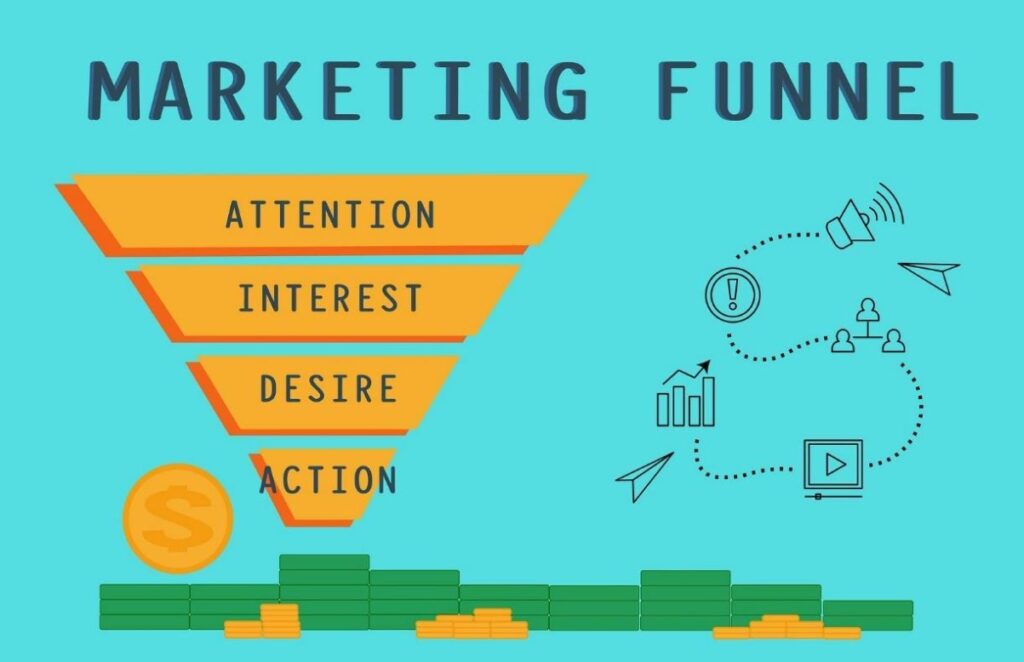One of the most important parts of operating a business is the sales department. Be it one person or twenty, there’s always room to improve and grow as a whole to boost those sales and in turn our revenue. How can we do it, though?
Thankfully, there are many techniques that we can employ to do so. If you’re looking for a guide to this, look no further – today, I’ll be detailing several of them. I’ll include how they work and why you might want to try them out, so do be sure to keep reading!
Upselling
I know what you are probably thinking – this is hardly a revolutionary method in this world. It’s practically in the tool belt of every salesperson. Still, I do think it’s good to go over the basics. It is all too easy to let them slip without even realizing it, after all.
You can find a guide to this on this page, but I would like to add a few things as well. The first thing I want to note is that there is a distinct difference between upselling and cross-selling. In fact, often they can be used together.
The former means that you entice a customer with a higher tier of the current offer they are considering. The latter is when you offer similar products or services in tandem with their original choice. As you can see, they are not interchangeable, even if people use the terms in that way.
Both are valid strategies, but I do think that the upsell is one of the most useful things for a salesperson to employ. You see, it is easier to market to customers we have already landed than to gain new ones. That is why it is such an effective skill to nurture.

The Down-sell
This is one that definitely seems counterintuitive after covering the first but stay with me. The down-sell technique should be used for any potential consumers who rejected the initial offer and are about to leave anyway. That way, you aren’t hurting yourself by having current customers buy less.
Rather, the intent is to get them to spend a small amount by offering them an option that is similar to the original for a lower price. In the best-case scenario, they will end up purchasing. The worst-case is that they leave, which was already expected. You can learn more about this here, https://www.clickfunnels.com/blog/how-to-maximize-sales/, if you want to understand this technique more effectively.

The Sales Funnel
I think this might be the most critical part of sales that many of us might not know about. If you are really looking to learn and grow in this field, be sure to pay attention to this one. In short, is the process a customer takes as they go through your marketplace (be that a virtual one or in person).
There are a few different categories that make up the funnel, and some people use different terms for them here. For the purpose of this article, I’ll use the ones in the image above, so “attention,” “interest,” “desire,” and “action.”
The first is the one linked most closely to marketing, as it is garnering attention for the product or service that you are offering. This might be done via signs or social media posts, depending on your business strategies. Another form is word-of-mouth, a free and valuable marketing strategy that comes from establishing high levels of trust and satisfaction with current customers.
After that comes the interest. This is for prospective buyers who like what you are offering but do not have many strong feelings beyond that. In this step, they will consider your brand and values and compare that with their own levels of interest.
Do keep in mind that this is not always done consciously. Sometimes, people make decisions subconsciously and don’t give them much thought. That’s why making a good first impression can be so critical.
Next is desire. This is the step for any customers that have decided they do want to buy your product or service. With their interest comes a desire to know pricing packages and some further details about the business in general. Sometimes, they will compare you to other options out there, usually based on quality and price.
Finally comes the action, the last step in our funnel for the example today. That is when the customer decides whether they will buy the item or if they will look elsewhere. It’s where you can employ the other techniques I’ve mentioned so far.

Cater to Your Target Demographic
The final advice I’ll give to you today is to identify your target audience and then aim to market and sell to them. This will involve looking at some data and analytics, of course. It might be a bit harder to do for a brick-and-mortar store, but quite simple with e-commerce.
Most websites have a form of tracking user data to some extent, ideally anonymously. What you are looking for are identifiers such as age, gender, and marital status to see who is currently buying your goods. This can aid fine-tuning your marketing to raise attention amongst the right people.
Most salespeople can picture who their dream customer is. If you can’t, it is definitely time to start thinking about it more. It is those people that you should cater to in your advertising. So, while marketing isn’t directly a part of sales, it’s still something you should keep in mind.
Don’t spend time and energy showing your goods and services to people you know will not buy them. An example of this would be trying to sell toddler toys to a single, adult man who is sixty or older. Chances are, they won’t be interested.
While this list was not fully comprehensive, I do hope it’s given you some valuable insights into this field.
Being a salesperson can be a difficult job, so it’s a good idea to use the tools we have available.

